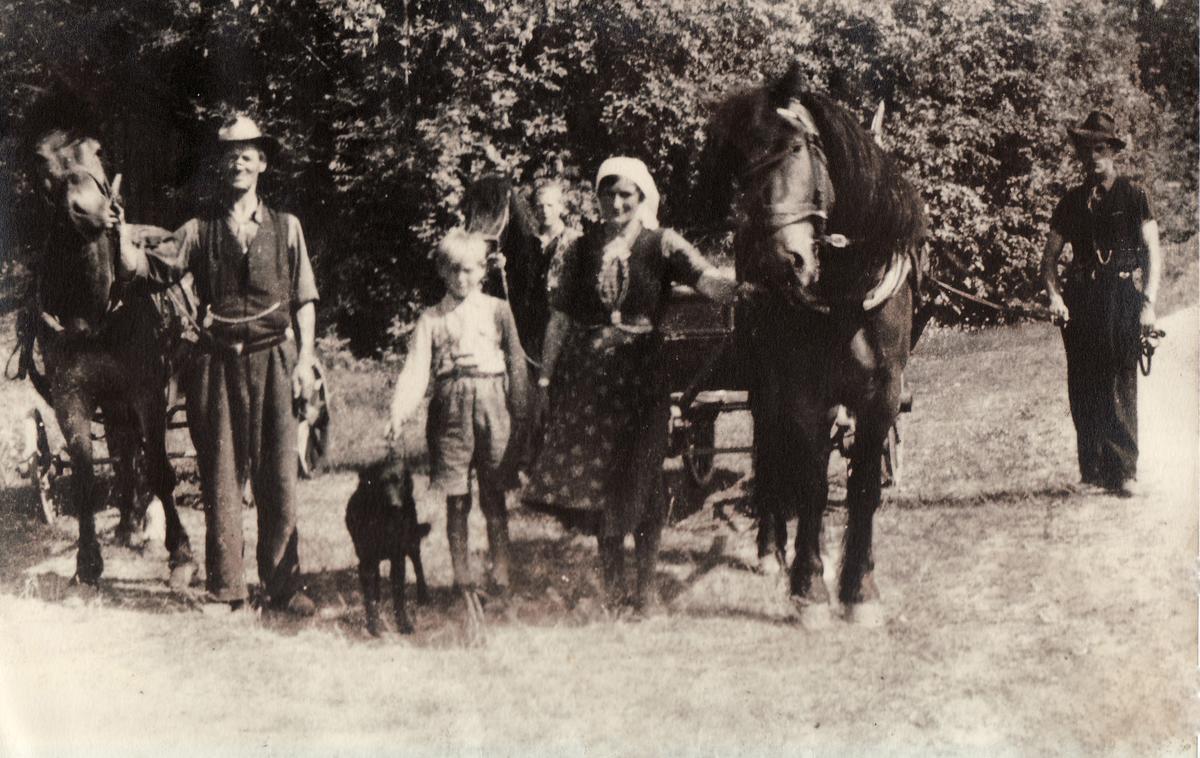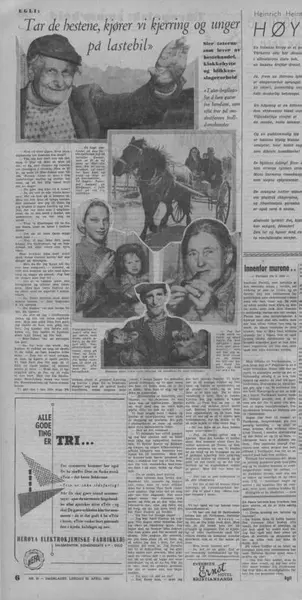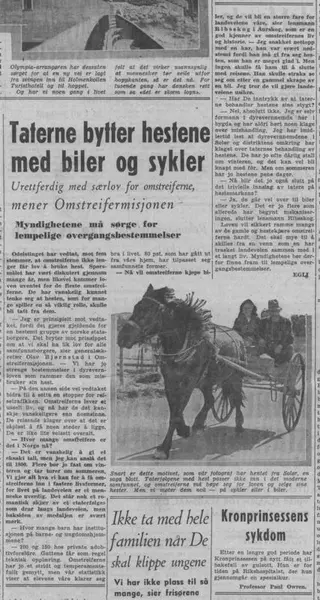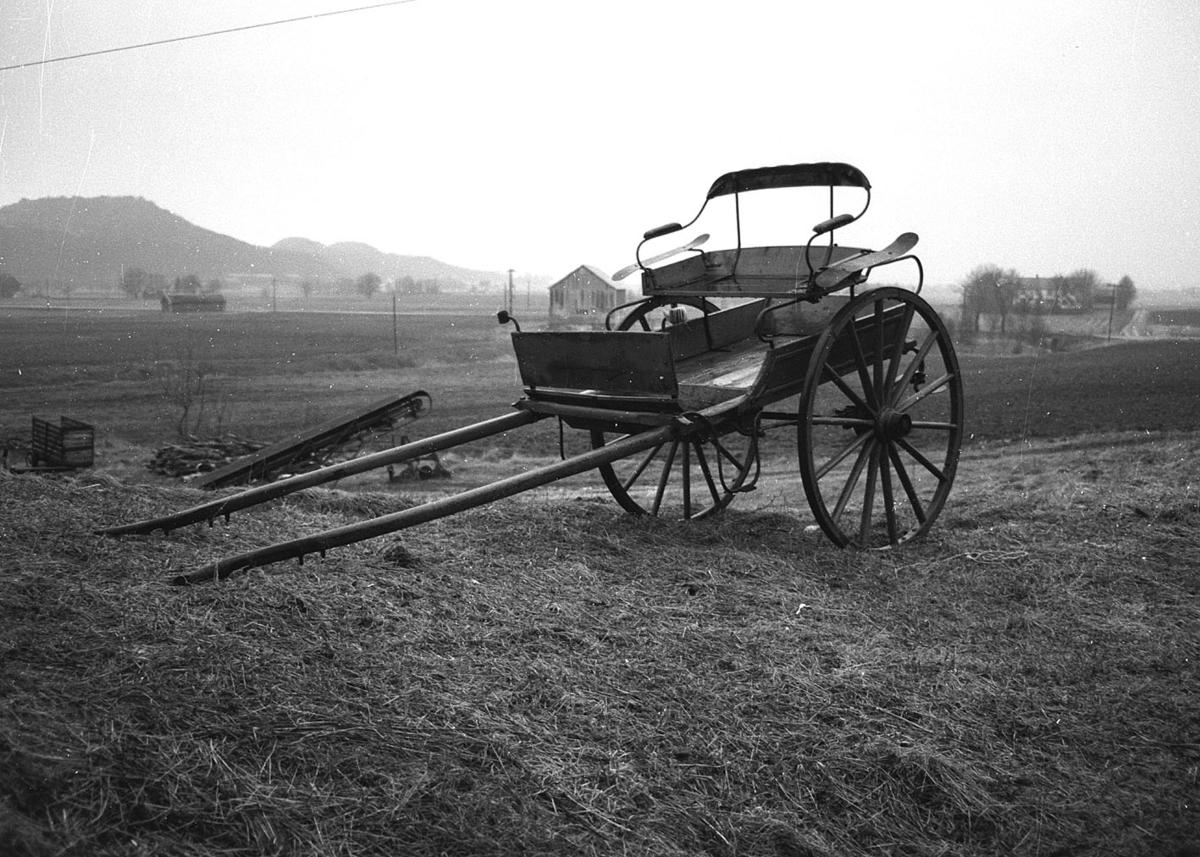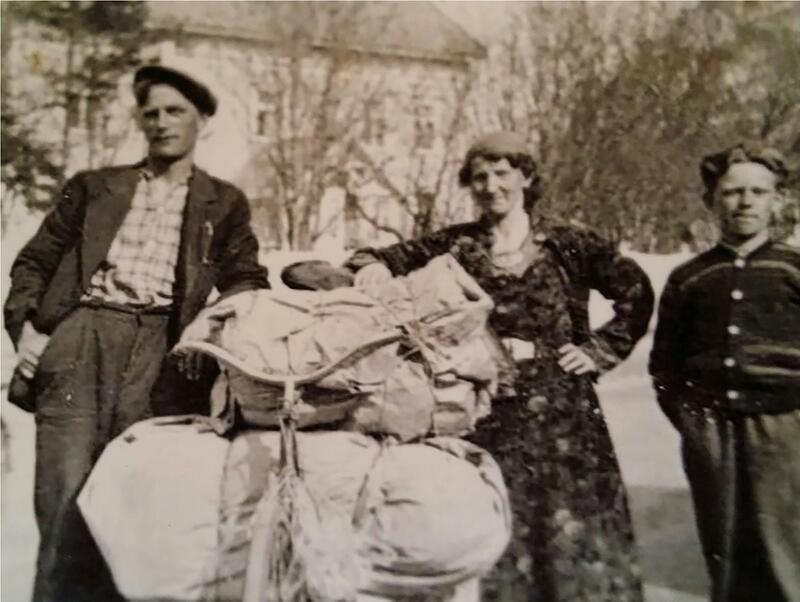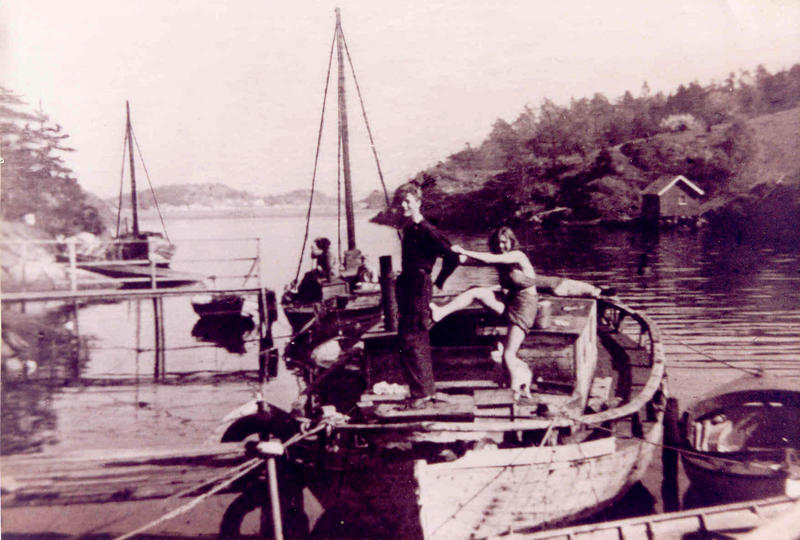In 1946, the municipalities of Våler, Åsnes, Hof and Grue held a "Tater meeting" at Kirkenær, where they adopted a resolution to the Storting insisting that it had to intervene in such horse-husbandry (Glåmdalen local newspaper 15.5.1946).
In 1951, a new paragraph in the Animal Protection Act stated that “vagabonds” could not use horses while travelling from town to town to trade. Section 10, paragraph 14 of the law stated: “It is illegal for vagabonds, when they move around, to use horses or other animals to carry people or goods, or to have loose horses with them”. The official reason for introducing this paragraph was to protect the animals, but the real goal was to force the Tater people to give up their migratory lifestyle. This became apparent when the paragraph was abolished in 1974, with the following justification: “The kind of lifestyle the rule applies to is no longer common, so the ban is no longer relevant.”
After the right to use horses was taken from the Tater people, those who had the opportunity to do so got a car. Otherwise, hand carts and bicycles were reintroduced. Others started using the train or other public transport. Without the horse, the daily trading trips were difficult and tiring.
The law regulating horse-husbandry became the subject of debate in the newspapers, and many believed it to be discriminatory and that it hit the Travellers too hard. Even the Norwegian Mission for the Homeless, which was otherwise tireless in its policy of settling the Tater people, reacted to the law (Dagbladet, national newspaper, 23.6.1951).
